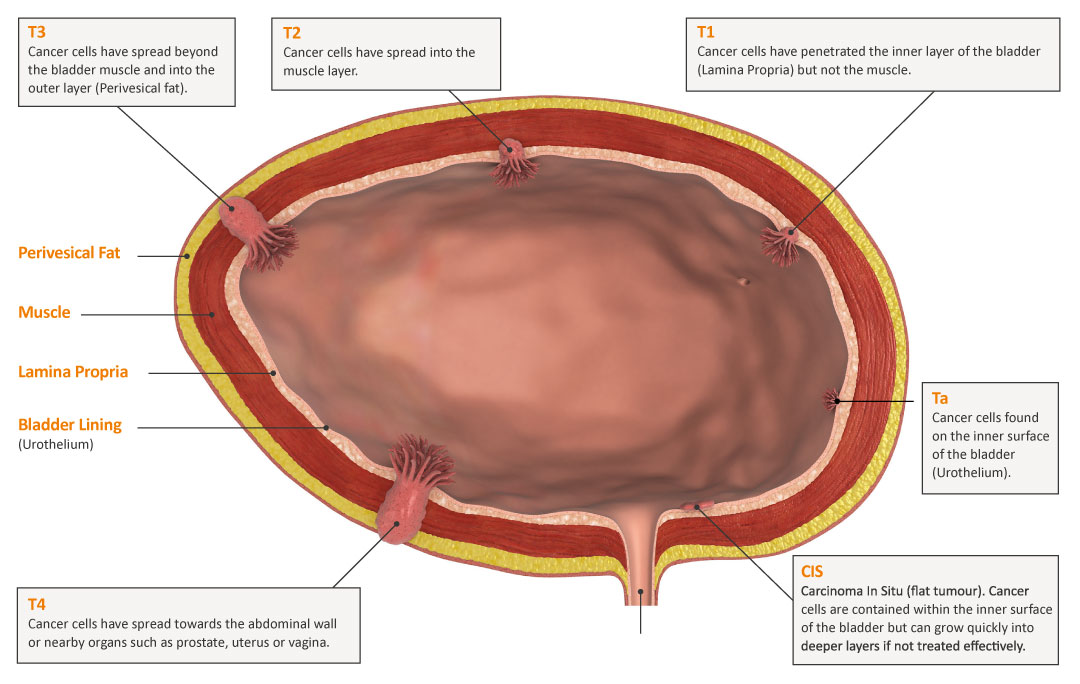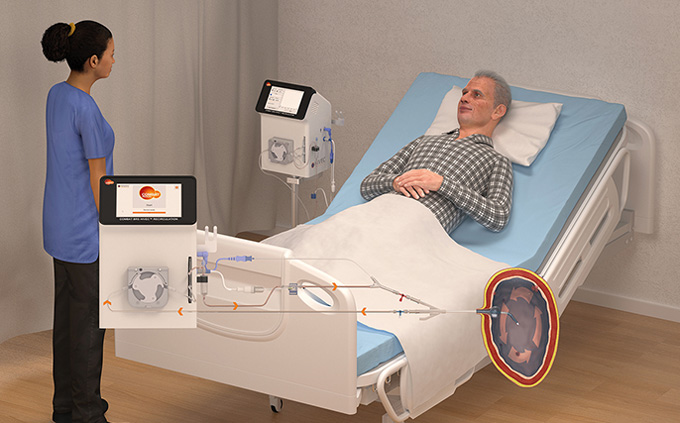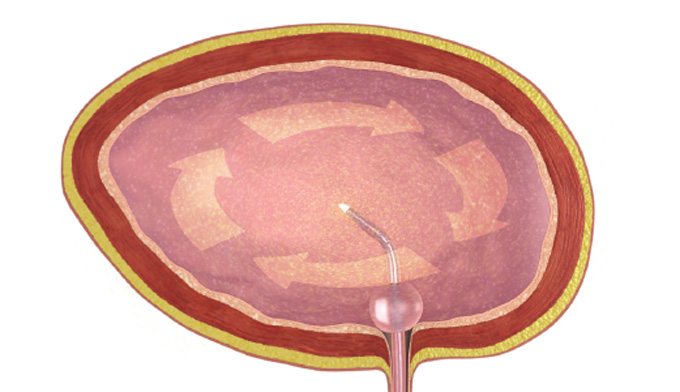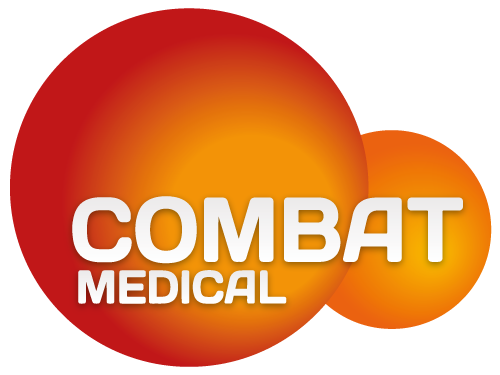Bladder Cancer Patients HIVEC
Bladder cancer is the 9th most common cancer worldwide, and the 5th most common in Europe*. Men are four times more likely to develop bladder cancer than women** however, this type of cancer often receives very little media attention.Bladder cancer is caused by an abnormal tissue growth, known as a tumour, which grows and spreads inside the bladder. The most common sign of bladder cancer is blood in your urine.
For details on signs and symptoms, further information and to find help and support from other people who can understand what you are going through, follow the links at the bottom of this page.
Types of Bladder Cancer
If the cancerous cells are contained inside the lining of the bladder, doctors describe it as superficial or non-muscle invasive bladder cancer. This is the most common type of bladder cancer, accounting for 7 out of 10 cases. When the cancerous cells have spread beyond the lining into the surrounding muscles of the bladder, it’s referred to as muscle invasive bladder cancer. This is less common and has a higher chance of spreading to other parts of the body (metastasising).
The outlook for non-muscle invasive bladder cancer is usually good. Although it can be a highly recurrent disease if not adequately treated, it is estimated that after the recommended treatment, between 80%-90% of people with this type of bladder cancer will live at least five years after being diagnosed, and many of them will live much longer than that.
Understanding Bladder Cancer
You have been diagnosed with Non Muscle Invasive Bladder Cancer – NMIBC which means that you had one or several small tumours that were growing inside your bladder.
Your Urologist will have performed an operation called a TURBT (Trans Urethral Resection of Bladder Tumour) in which the tumour(s) were removed from your bladder. Although the visible tumour is removed during this operation, sometimes cancer cells that cannot be seen are left behind, if they are not treated then they have the potential to re-grow and form more tumours, this is called tumour recurrence.
The following diagram shows the different tumour stages of bladder cancer. Your tumours are non muscle invasive and will be stage Ta, T1 or CIS which are illustrated on the right hand side of the diagram.


What is HIVEC Treatment
HIVEC® means the drug is gently warmed and recirculated throughout the bladder. It is delivered Intra-Vesically which means via a catheter directly into the bladder. Recent evidence has shown that heating the chemotherapy drug when it is inside your bladder can help to increase its ability to kill cancer cells. This is because the heat allows the chemotherapy drug to be more easily absorbed into the bladder lining, allowing for deeper penetration into the bladder wall.
The heat generated inside the bladder can also help to directly kill any remaining cancer cells, as well as increasing your own body’s natural immune response which will also target the cancer cells and kill them.
Causes
Most cases of bladder cancer appear to be caused when the tissue of the bladder is exposed to harmful substances which, over the course of many years, lead to abnormal biological changes in the bladder’s cells. The most common harmful substance is tobacco smoke. It is estimated that half of all cases of bladder cancer are caused by smoking. Other factors that can lead to a diagnosis of bladder cancer include exposure to certain chemicals, parasitic infection, previous pelvic radiation therapy and chronic long- term bladder infections.
How Does Hyperthermic Bladder Cancer Treatment Work
HIVEC® treatment requires the use of a small machine that is called The COMBAT BRS system. The system sits alongside you during your one-hour treatment and is connected to your catheter via a closed circuit of small tubes.
The COMBAT BRS system warms the chemotherapy drug before it enters your bladder through a special catheter. The chemotherapy drug is heated to a temperature of 43°C which is a similar temperature to that of a warm bath.
It is then gently re-circulated around your bladder and back through the system up to four times a minute. This is to make sure that the inside of your bladder is kept at a constant target temperature of 43°C and that the chemotherapy drug is well distributed so the whole area is treated.
When the COMBAT BRS system is switched on it will gently start to pump the warm chemotherapy drug around your bladder. The normal temperature inside you bladder is around 37°C and the HIVEC® treatment will only increase the temperature by a few degrees to 43°C.
Therefore you may or may not notice a sensation of warmth during this time, not everyone does.
Those patients who do report a feeling of warmth say that it is not uncomfortable, perhaps feeling like a warm bath or a warm hot water bottle placed on the abdomen.
All of the heated chemotherapy drug stays entirely within your bladder and the tubes connected to the system. After one hour the system will gently drain the chemotherapy drug out of your bladder through your catheter and into a special bag to dispose of safely.
Michelle Brewster, Urology Cinical Nurse Specialist, Leicestershire Hospitals NHS Trust

BRS HIVEC Treatment Animation
http://www.cancerresearchuk.org/health-professional/cancer-statistics/statistics-by-cancer-type/bladder-cancer/incidence#heading-Five
Date Visited 21/06/16
**Source: World Cancer Research Fund.
http://www.wcrf.org/int/cancer-facts-figures/data-specific-cancers/bladder-cancer-statistics
Date Visited 21/06/16
